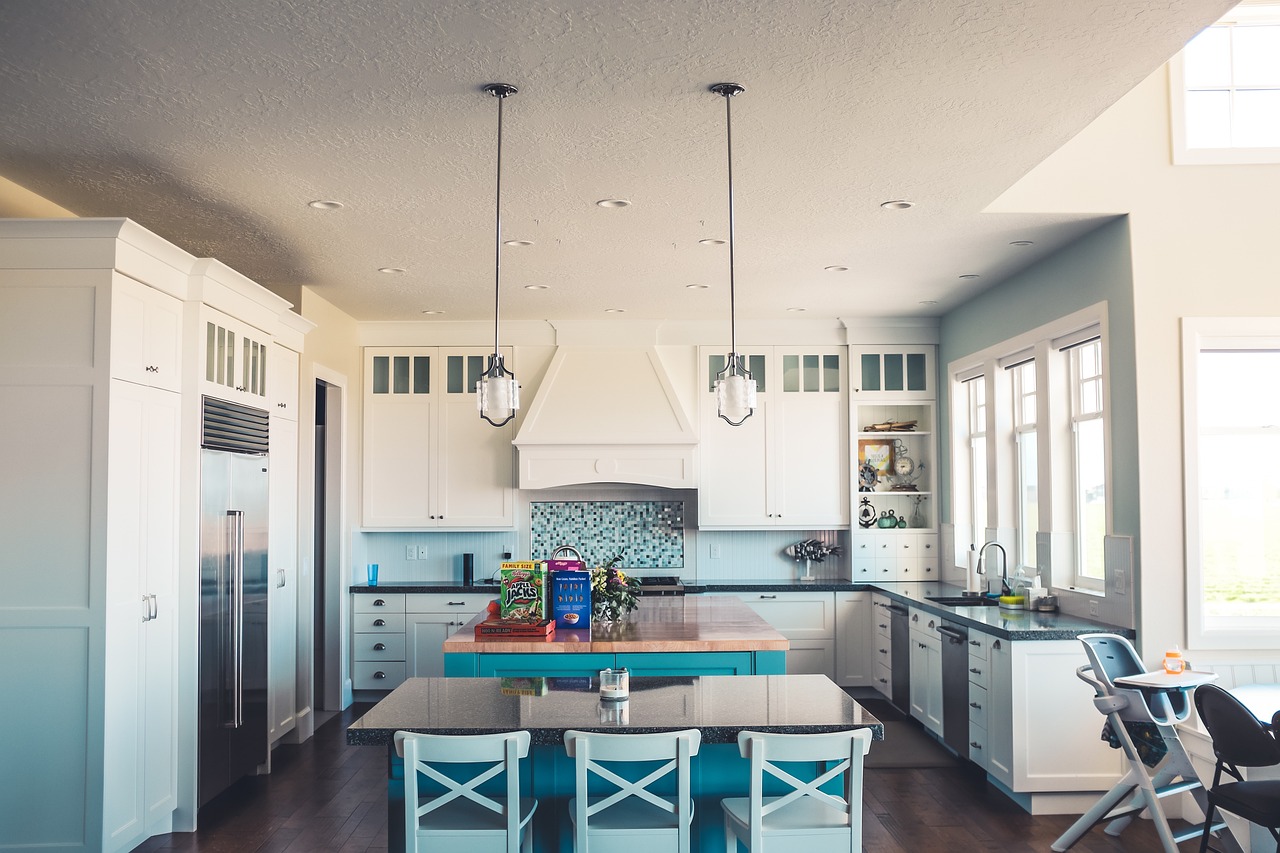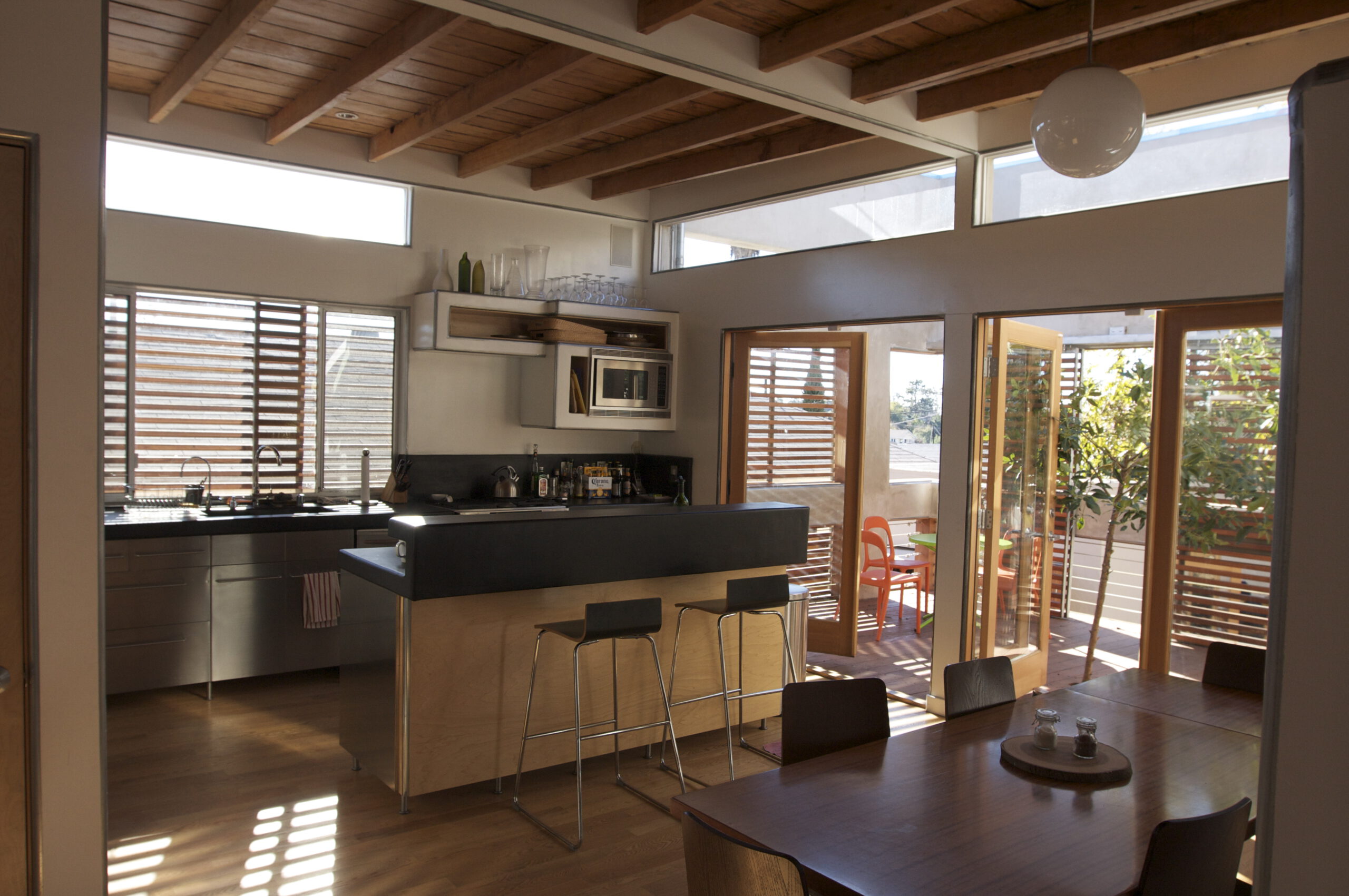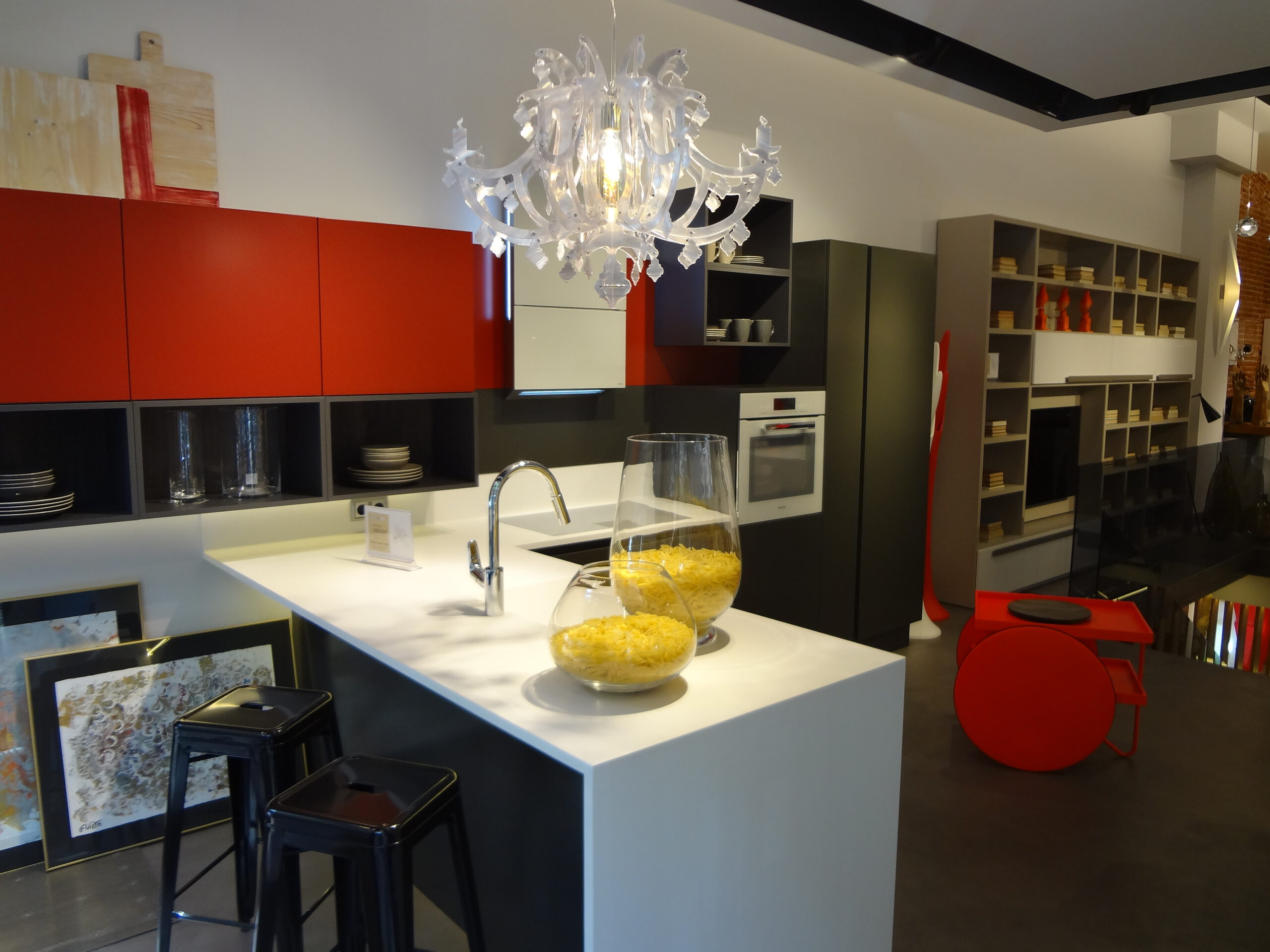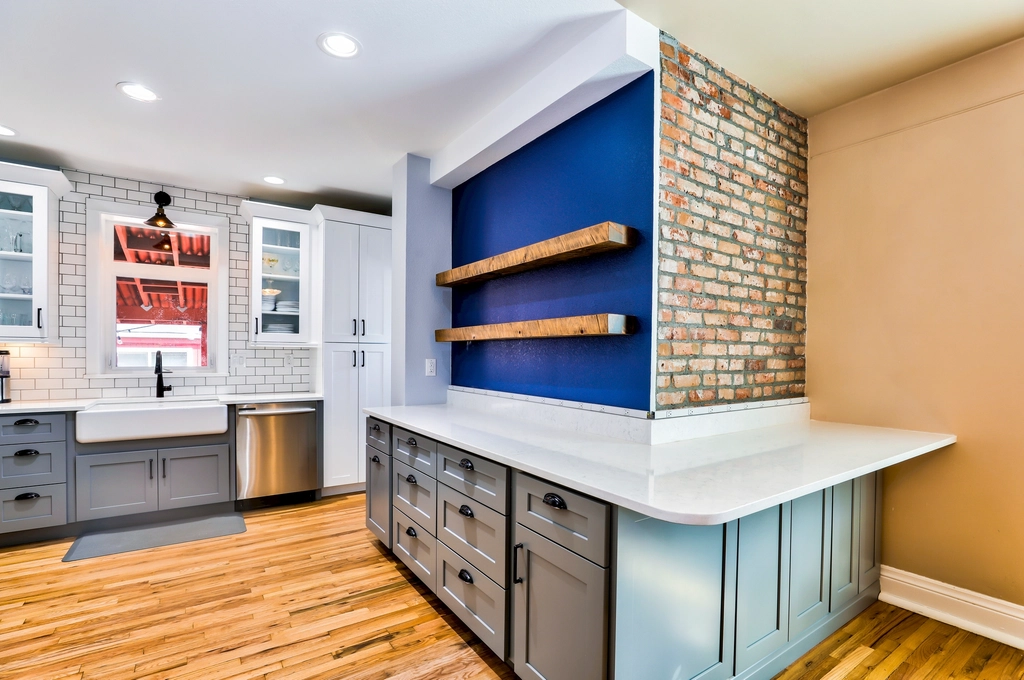Kitchen Islands Losing Their Crown
Imagine walking into a kitchen that feels instantly bigger, lighter, and more welcoming. That once-coveted kitchen island? It’s gone, replaced by something smarter. Across the country, designers and realtors are seeing a surprising shift: homeowners are saying goodbye to the bulky, static island and welcoming in flexible, multi-use alternatives. According to recent Houzz data, interest in traditional islands has dropped by 15% over the past year. Why the sudden change? The answer is simple: people want kitchens that feel more open, more adaptable, and undeniably more inviting.
Open Concept Living Steals the Spotlight

Picture friends flowing from the living room into the kitchen, laughter echoing across a single, sunlit space. The traditional island often acts as a roadblock, disrupting that sense of togetherness. Modern homeowners crave uninterrupted sightlines and easy movement. Instead of a giant island, many now choose breakfast bars or slim tables that blend seamlessly with the rest of the living area. These choices make the kitchen feel less like a workspace and more like a gathering place, encouraging conversation and connection at every turn.
Flexible Furniture Transforms Daily Life
Today’s families aren’t just cooking in their kitchens—they’re working, studying, and celebrating, often all in the same afternoon. That clunky fixed island can’t keep up. Enter the rise of adaptable furniture: extendable dining tables, movable carts, and drop-leaf counters. One quick change, and your kitchen goes from brunch buffet to homework headquarters. Designers agree: flexibility isn’t just a bonus, it’s a must. It’s about making one room do the job of three, and making it look effortless.
Peninsulas Deliver Function in Small Spaces
For homes where every square foot counts, peninsulas are the new hero. Unlike an island, which floats in the middle and eats up floor space, a peninsula connects to a wall or cabinetry, delivering extra storage and counter area while keeping the walkway wide open. According to interior stagers, peninsulas help subtly define the kitchen zone without boxing it in. In open-plan apartments or compact homes, this clever swap can make a small kitchen feel twice as big—no construction required.
Smaller Features Make a Big Impact

Instead of one massive centerpiece, many homeowners are now opting for several smaller pieces that each bring their own style and function. Think chic rolling carts, slim console tables, or even a pair of vintage stools tucked under a floating shelf. These features not only add a designer touch, but they also let you change up your kitchen layout whenever the mood strikes. It’s like giving your kitchen a mini makeover, over and over again.
Sustainability Is Shaping Choices

Eco-friendly living isn’t just a buzzword—it’s a design driver. More people are replacing islands with sustainable options: reclaimed wood tables, bamboo shelving, and energy-efficient appliances. Even simple swaps, like using LED task lighting over a breakfast bar, can lower utility bills and shrink your environmental footprint. According to a 2024 Houzz survey, kitchens that feature visible eco-friendly materials appeal to buyers and boost resale potential.
Light and Flow Take Center Stage
Traditional islands can block natural light and disrupt the kitchen’s natural flow. Without an island in the way, sunlight streams in from every angle, making the whole space feel brighter and more cheerful. Designers often recommend open shelving, glass-front cabinets, or wall-mounted racks to keep the room airy and uncluttered. The result? A kitchen that feels as good as it looks, every single day.
Personalization Rules Over Cookie-Cutter Design
Say goodbye to the “one-size-fits-all” kitchen. Homeowners are embracing bold, personalized choices instead of defaulting to the expected island. Maybe it’s a custom banquette under a sunny window, a vintage butcher block table, or even a statement piece like a sculptural open shelf. Each choice tells your story—and adds character that buyers notice. Stagers report that homes with unique kitchen layouts often stand out in crowded markets.
Expert Voices Predict the Next Big Thing

“People want kitchens that evolve with them,” says designer Andrea Hsu, who specializes in modern renovations. “Islands just aren’t as flexible as people need.” Stagers echo this sentiment, noting that homes with adaptable kitchen layouts tend to sell faster and closer to asking price. Zillow’s 2024 report found that listings showcasing multi-functional kitchen spaces spent 18% less time on the market than those with traditional islands. The message is clear: versatility and personal touch are the new must-haves.
Hidden Value for Future Resale
Buyers love kitchens that feel open, easy to use, and ready for anything. By replacing an island with a peninsula, movable table, or custom nook, you’re not just following a trend—you’re investing in your home’s future value. Realtors say these updates signal a “move-in ready” vibe, which can spark competitive offers. Simple design tweaks now can mean a bigger payoff when it’s time to sell.
Everyday Living Gets a Stylish Upgrade

The shift away from kitchen islands isn’t just about style; it’s about making life easier and homes happier. Without a bulky island, families can gather closer, move more freely, and truly enjoy the heart of their home. Each design choice—whether it’s a clever peninsula, a statement table, or a rolling cart—brings more comfort, more beauty, and more possibility into daily life.

A visionary in modern design, Nate Berkman is known for his ability to blend timeless elegance with personal storytelling. With years of experience in high-end interiors, his book Living with Style explores how to create meaningful spaces that reflect individuality.

